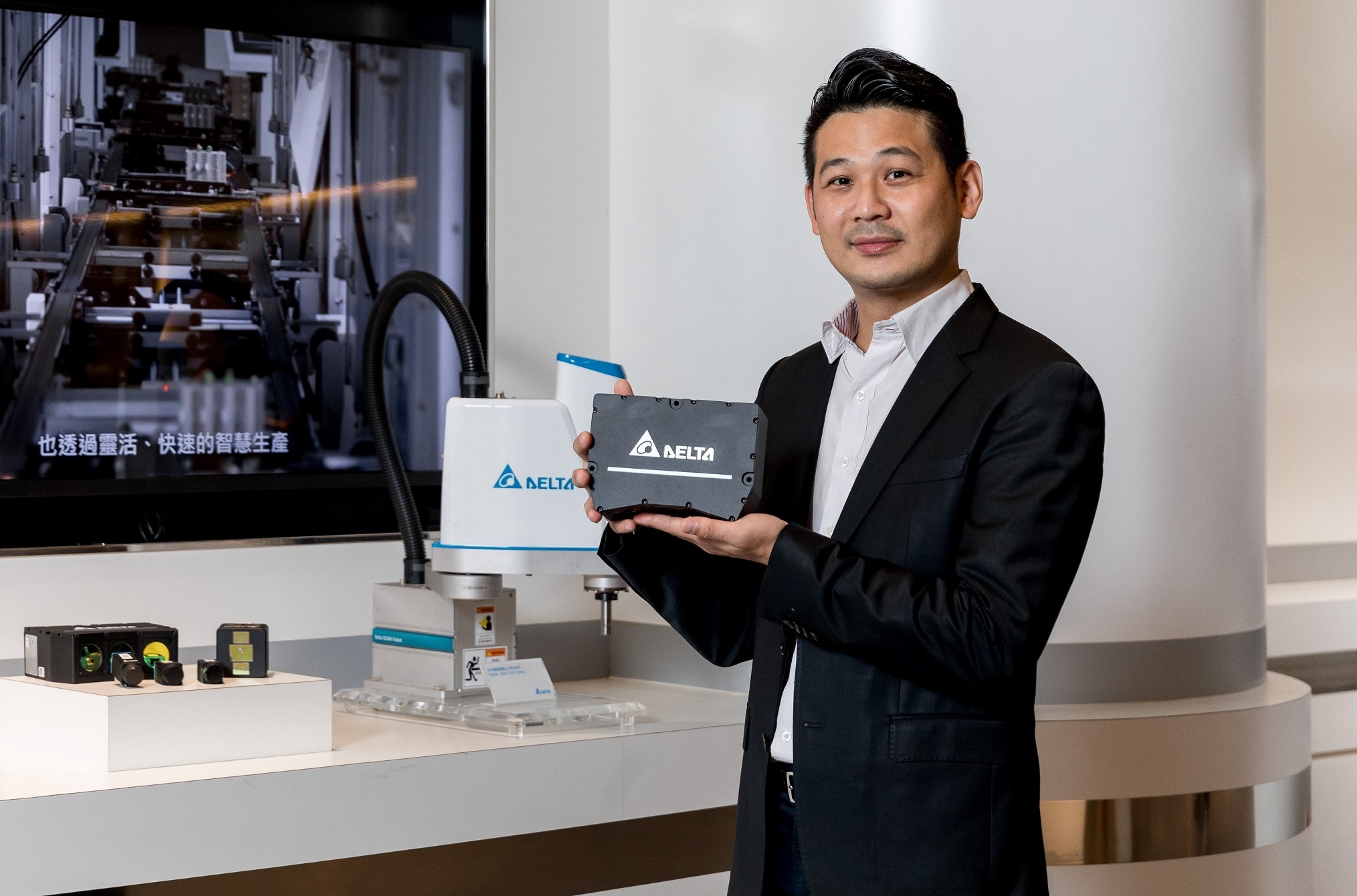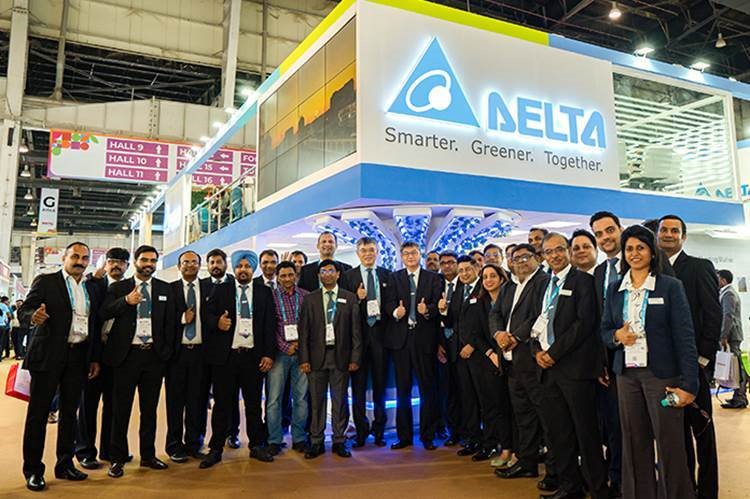Inspection is a process to control product quality. As industrial automation rapidly developed and resulted in higher production speed, AOI (Automatic Optical Inspection) became the mainstream inspection technology. However, most AOI systems adopt 2D industrial cameras. Although the systems identify deformations or defects quickly, they are not capable of 3D structure inspection. Delta saw the growing 3D machine vision business opportunities four years ago and launched its DMV 3D, which adopted structure light technology. Following this, it stepped into the ToF field and introduced the DMV-T. The two products not only comply with the market requirements of precision and speed but integrate with Delta’s self-developed vision software DIAVision with a built-in processor. Besides image capture, it features edge computing and decision-making capabilities to act as a smart camera. In addition, the DMV-T can be easily adopted in the post-design of system integrators or end users to reduce the loading of the host management system for processing irrelevant data and achieve remote implementation.
Delta’s structure light camera DMV 3D consists of two sets of 2D cameras, a projector, and an encoder. The camera has excellent precision and can inspect large items with its built-in image-stitching algorithm, without the need for an Industrial PC. Apart from these features, the upgraded DMV 3D features a more compact size with a higher speed of 1fps to meet high-speed requirements, such as production line inspection. With a combination of Delta’s vision software DIAVision, it can easily build eye-hand collaboration solutions. The solutions are suitable for the online inspection of metal-die forging and plastic-die casting that Delta has adopted on its motor and fan production lines.
In terms of ToF, Delta’s 3D ToF Camera DMV-T employs two sets of ToF sensors and a set of industry-level lenses to capture images. The processor is highly integrated with smart computing capability to help fulfill edge decision-making. The system features excellent speed and precision, and is especially suitable for mobile robots. For applications, the DMV-T is capable of transforming data into a depth map to help guide equipment. For instance, the three dimensional shoe mold dispensing process takes only six seconds from image capture to operation. The DMV-T can also be part of the battery warehousing system. Mounting at the front of a forklift, the DMV-T can help detect shelf positions and adjust fork angles in accordance with crooked shelves. It increases operational efficiency and equipment availability. In addition, the DMV-T captures a wider image range, which enhances the ability of the AGV to sense and avoid obstacles in the logistics fields.
In the future, the 3D vision market will continue to progress. As diverse solutions become practical, this will form a positive cycle. At the same time, the way software and hardware integrate together to maximize benefits will be critical. For this, Delta leverages its long-term dedication to industrial automation and integrates industrial cameras with the vision software DIAVision to help manufacturers build architecture that meets their needs. As machine vision transforms from sensing to decision-making, it will complete the smart system and create real value from top to bottom.
 Delta’s structure light camera DMV 3D can inspect large items with its built-in image-stitching algorithm. Without the need for an Industrial PC, the DMV 3D can complete the whole process from image capture to output.
Delta’s structure light camera DMV 3D can inspect large items with its built-in image-stitching algorithm. Without the need for an Industrial PC, the DMV 3D can complete the whole process from image capture to output.
 Delta’s 3D ToF Camera DMV-T can transform data into a depth map. It is suitable for equipment guidance and capable of operational efficiency and hardware availability enhancements in the logistics industry.
Delta’s 3D ToF Camera DMV-T can transform data into a depth map. It is suitable for equipment guidance and capable of operational efficiency and hardware availability enhancements in the logistics industry.















